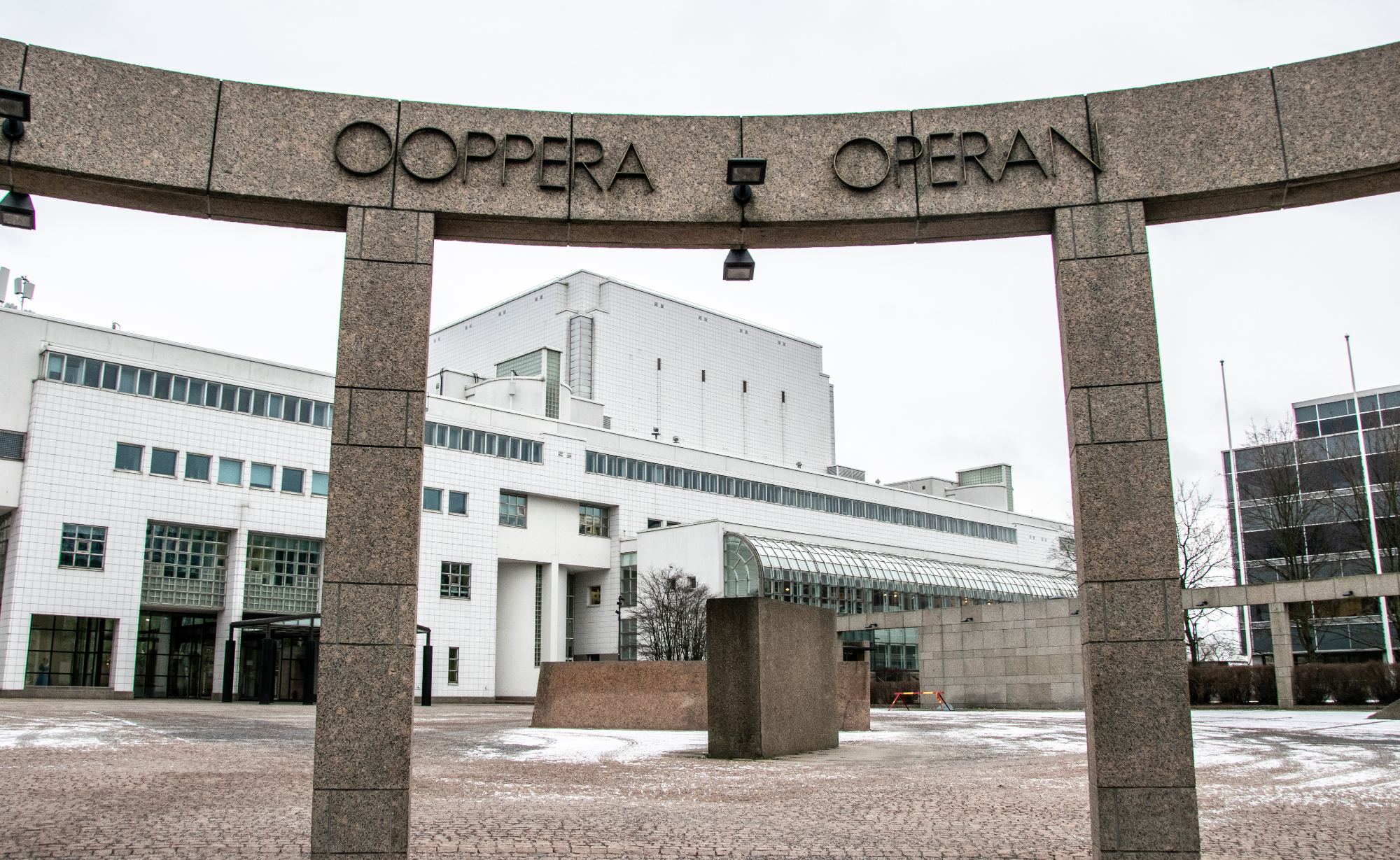
Competence design helped link strategy into practice – Case National Opera
The Finnish National Opera and Ballet had prepared for the beginning of the 2020s by creating an ambitious new strategy. But how were they going to ensure that they were doing the right things in the right order to achieve the strategy’s goals? For this passionate cultural organisation, the answer lay in Sofigate’s entrerprise architecture vision and the inclusive methods of Business Technology Design.
The Challenge
A historic cultural organisation has prepared a new strategy to face the challenges of a new decade. But how to implement the strategy efficiently into daily practical work?
The Solution
Sofigate’s Business Technology Design methods, the use of competence design, and experience in constructing an enterprise architecture help prioritise those business competences that most require developing so that the strategy comes to life and succeeds.
The Outcome
An informative capabilities map and strategy projection help the executive management team to focus on the right elements in the business transformation. This clarity helps the organisation proritise and focus on the essential in the everyday to achieve the goals set in their strategy.
”We are a truly unique organisation: a combination of factory-like efficient production and high-class artistic activity.” This is how Petra Tarkainen, Leading Information Systems Specialist at the Finnish National Opera and Ballet, describes her place of work. And it is true: the 550 permanent and the 1 000 annually visiting workers of this cultural factory share a common goal to produce performances that both attract a paying audience and honour the artistic legacy of this 109-year old national institution.
The National Opera and Ballet had been preparing for the 2020s by designing a brand new strategy. Its aim is to answer the demands of certain mega trends in their operational environment, such as the changing age structure of the Finnish population and the possibilities made available by digital technology.
”We constructed our new strategy very carefully, so we also wanted to implement it with equal care. When talking about implementing a strategy, it is very easy to start planning individual points of action. But instead, you should keep a broader point of view and consider the business capabilities of the organisation. By these I mean the operational elements you should be developing to achieve the goals set out in the strategy,” says Tarkiainen.
To ensure that the National Opera and Ballet was prioritising the right steps regarding their new strategy, the organisation decided to turn to an external partner.
”What we needed was an enterprise architecture model that would permeate the entire organisation. Building such a model requires a neutral approach across organisational boundaries, and experience in facilitating change.”
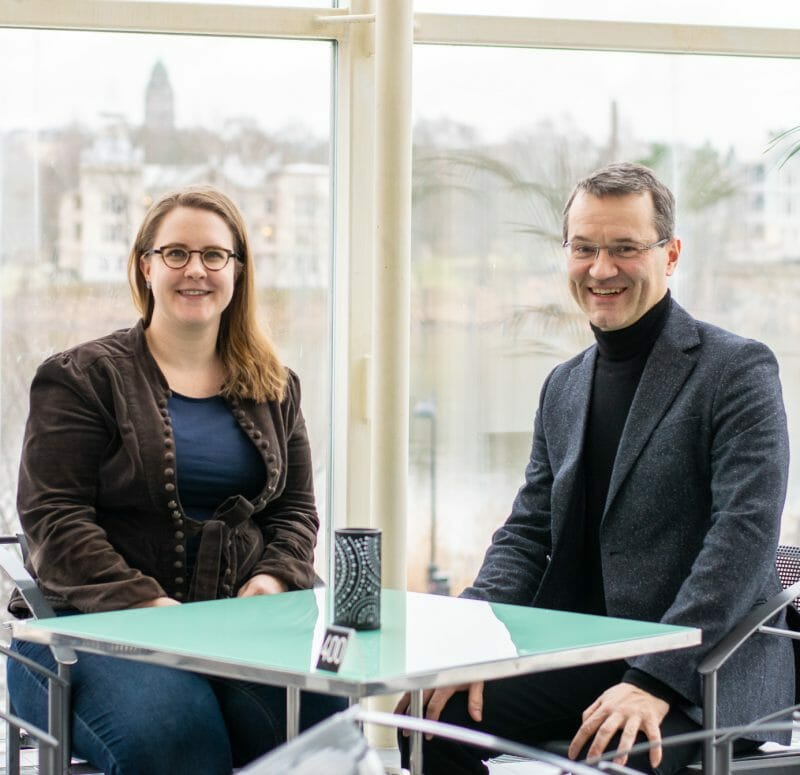
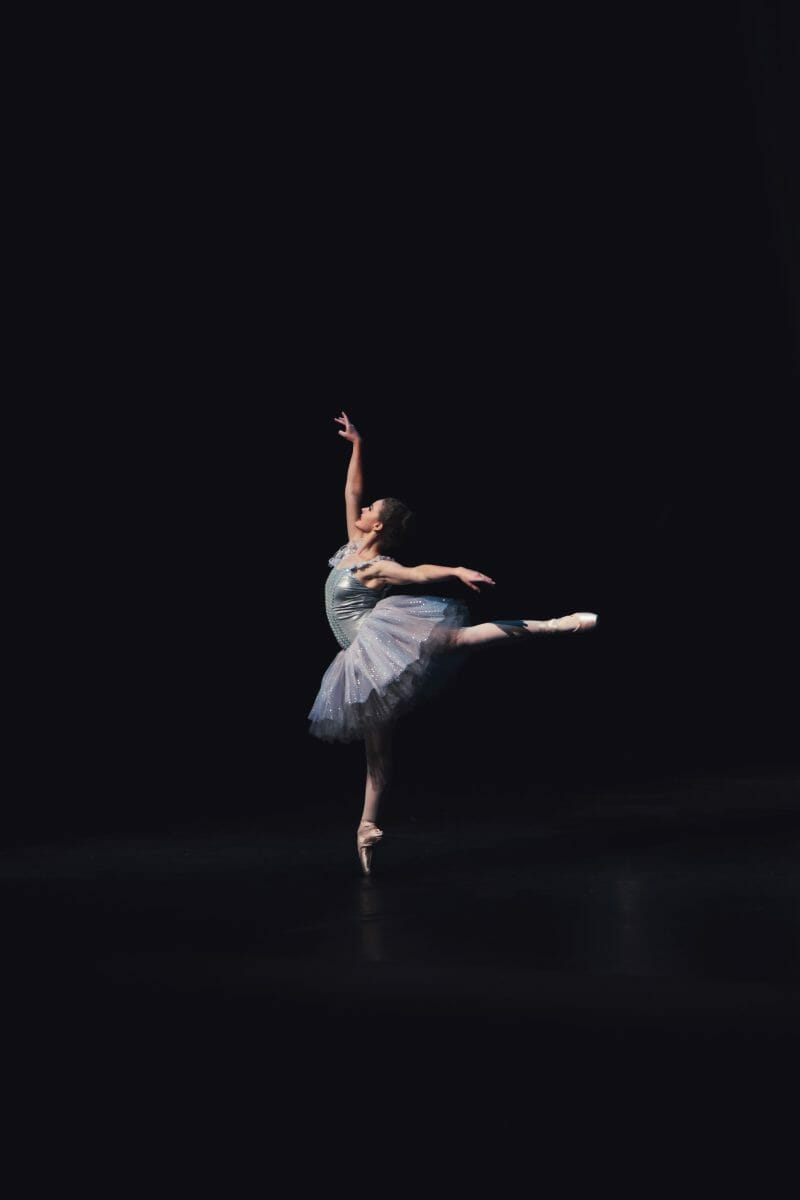
Towards strategic goals, by developing the right competences
Sofigate’s unique Business Technology Design model is suitable for organisations that are facing challenges in linking their strategy into their everyday practical work.
”Through workshopping and interviews, we build a competence map together with our client. The map identifies and prioritises those business competences that require development in order for our client to reach their strategic goals,” says Sofigate’s Senior Advisor Timi Mara.
In the case of the National Opera and Ballet, the Business Technology Design work consisted of two workshops, an interactive townhall meeting, and nine interview rounds with different business departments.
”Because we operate in the passionate world of art, we also demand passion from our partners. Timi has a great grasp on the artistic mindset, and what’s most important of all, he has the talent to really listen and take in what he’s hearing. Because of this sensibility, he succeeded remarkably well in motivating all different types of people among our staff, and engaging them to commit to this work. Our employees felt very valued for having their views heard regarding the implementation of our strategy,” Tarkiainen says.
The construction of the competences map unveiled more than 60 business competences within the National Opera and Ballet. These include various organisational functions, processes, information entities, systems, or other factors that have an effect on the success of the strategy. What was a little surprising was that of these 60 competences, only a handful were directly connected to performing art.
”I admit there was some consternation in the workshops about the fact that art itself seemed to play such a small role in the life of this big cultural factory. But we discussed the issue openly and honestly with representatives from various departments and came to the conclusion that despite being numerically few, the art-related competences have an indispensable value for the entire organisation,” Mara says.
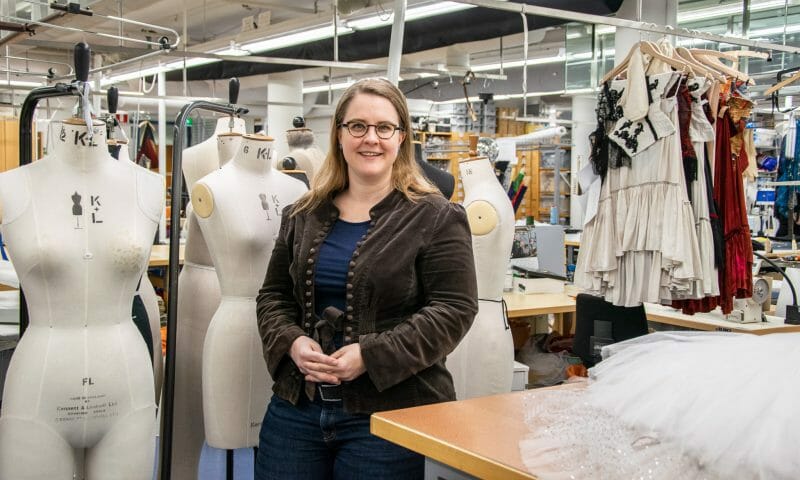
“Sofigate helped us to see in a concrete fashion the things we should start doing at the grass-roots level in order for our new strategy to succeed.”
Petra Tarkiainen
Leading Information Systems Specialist
“Competences are not the same as departments”
In its duration of a few weeks, the competence design project managed to include and engage the entire organisation, from the top management to HR to marketing to production, and all the way to the performers. ”As the competences map began to take shape, silos and departmental boundaries began to disappear. Everyone here started to realise that competences are not the same thing as departments,” says Tarkiainen.
”It took a great deal of systematic work and a new kind of developmental thinking from our entire executive team and our whole staff to engage and link the Finnish National Opera and Ballet’s strategy into our operative work. Competence design and Sofigate’s other methods turned out to be a useful tool for gaining a more holistic understanding of our organisation and its future needs, and for prioritising the steps designed to achieve our strategic aims.”
”Sofigate helped us to see in a concrete fashion the things we should start doing at the grass-roots level in order for our new strategy to succeed. Next we will combine the competences map with our action plan for the next year, prioritise the competences that are integral to our strategic goals, and start to develop them in earnest,” Tarkiainen says.
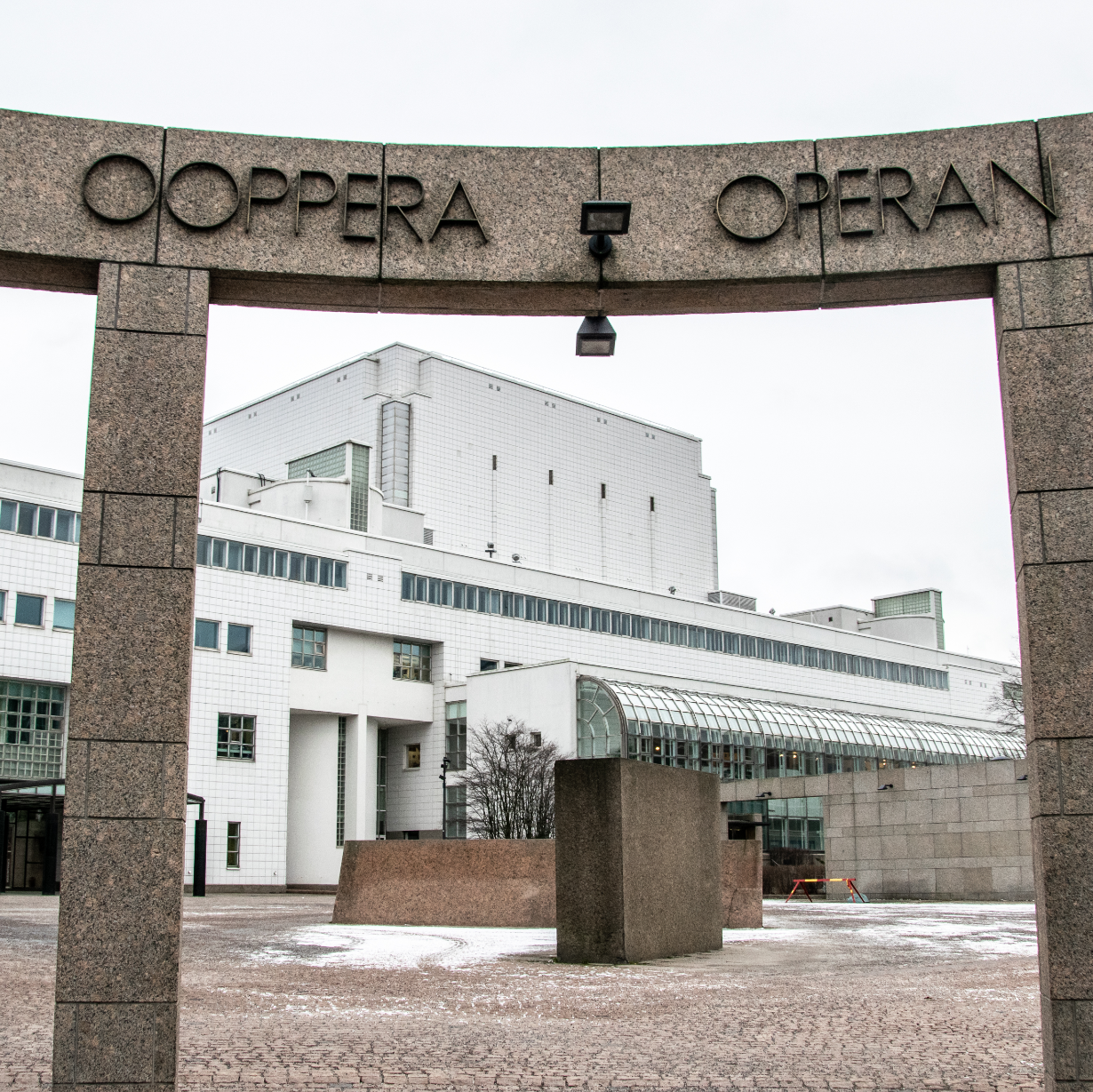
The aim of Business Technology Design and competence design is to link strategy work into operational changes on a practical level. For the National Opera and Ballet, their way to do this is to incorporate the competences map into their annual plan of action.
Gita Kadambi
General Director, Finnish National Opera and Ballet
Want to know more?
We’ll be happy to continue the discussion, leave us a message on our contact us page and we’ll get back to you!